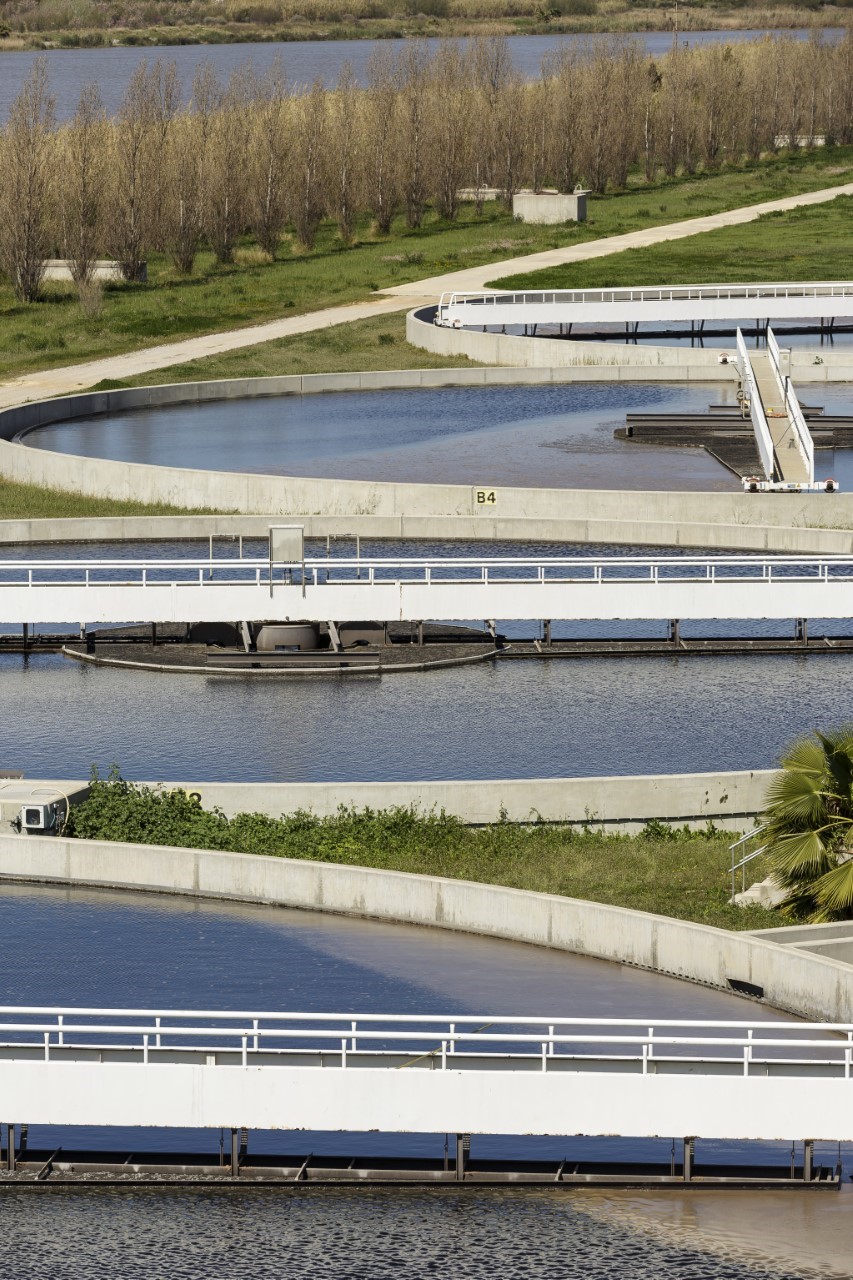
Biomethane is a fully renewable, high-quality fuel, with the added advantage that it has a neutral impact on climate change, as it is not a fossil fuel. It is an alternative to fossil fuels that reduces greenhouse gases and helps reuse organic waste.
The renewable gas is obtained from the decomposition of organic matter through a process called anaerobic digestion, whereby the matter decomposes in the absence of oxygen. This produces a fuel with a composition very similar to natural gas that can be used in the same facilities, thus fuelling homes, businesses and vehicles.
Furthermore, this renewable alternative can also be used in any other activity that normally uses fossil natural gas. For all these reasons, Oriol Casal, Cetaqua Barcelona project manager, claims that “chemically speaking, biomethane is already the ideal substitute for natural gas”.
Furthermore, this type of gas “emits the same amount of CO 2 as has been captured from the atmosphere in its life cycle, while also reducing Europe’s very high energy dependence”. However, the fuel has certain limitations, such as high production costs, the viability of small operations and the difficulty of treating non-fermentable waste.

For this reason, efforts are already being made in Europe to improve the biomethane production process and reduce its associated costs, in order to promote its use over fossil fuels. With this clear objective in mind, at Cetaqua we have aligned ourselves with the REPowerEU European strategic energy programme to save energy, produce clean energy and diversify our supplies in two European projects: LIFE NIMBUS and SEMPRE-BIO.
The European LIFE NIMBUS project seeks to promote more sustainable transportation, by generating biomethane from sewage sludge and Power-To-Gas technologies, which convert surplus renewable energy into a gas for use in the production of biomethane.
To do this, NIMBUS is transforming the current Llobregat wastewater treatment plant (WWTP), managed by Aigües de Barcelona, into a biofactory, a facility that generates valuable resources, thus investing in the circular economy by recovering waste from the treatment plant to produce biogas. Thus, biomethane is generated by combining the hydrogen generated from Power-To-Gas technologies and the biogas produced in the biofactory.
As a result, the project will reduce the carbon footprint of public buses by more than 85%, using biomethane as fuel. Headed by Cetaqua, also participating in this project are Aigües of Barcelona; Transports Metropolitans de Barcelona (TMB) and the research group GENOCOV at the Universitat Autònoma de Barcelona (UAB).
Led by Cetaqua, this project has the participation of Aigües de Barcelona; Transports Metropolitans de Barcelona (TMB) and the GENOCOV research group of the Universitat Autònoma de Barcelona (UAB).
More info at: www.life-nimbus.eu
For its part, the SEMPRE-BIO project, headed by Cetaqua, is made up of a consortium of 16 organisations from European countries with experience in the field of research and technological development in Europe. Its aim is to reduce the investment and operating costs of biomethane production plants and increase their production potential through new waste recovery routes.
>>Visit the SEMPRE-BIO website
SEMPRE-BIO also proposes alternative monetisation routes, such as the recovery of biogenic CO 2 and the commercialisation of biocarbon. All this is expected to promote circular economy projects and reduce dependence on imports of natural and liquefied gas (LNG).
On a larger scale, the project aims to promote the use of biomethane as a substitute for fossil fuels used in transport and the natural gas network, with an estimated cut in CO2 emissions of 213 million tonnes per year by 2050.
Biomethane is a high quality and absolutely renewable fuel, with the added advantage that, as it has no fossil origin, its contribution to climate change is neutral.